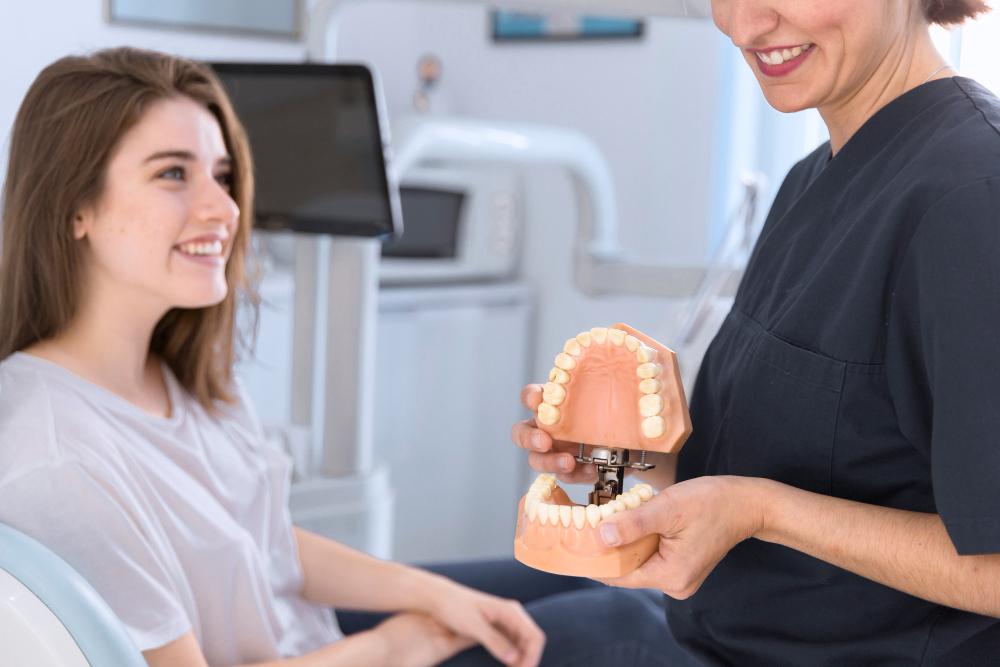What You Need to Know About Bone Grafting

Bone grafting is a dental procedure that restores and strengthens gum tissues and prevents tooth loss.If you are having tooth sensitivity or gum recession, you may need bone grafting. If your dentist has recommended bone grafting to you, here is what you need to know about it.
What is Bone Grafting?
Bone grafting or gum tissue grafting is a surgical procedure during which a dentist removes gum tissues from a healthy area of the mouth and attaches it to the gums surrounding the teeth. The surgery is focused on protecting the teeth by safeguarding exposed tooth roots and improving the smile.
A dentist may also recommend bone grafting to prepare the mouth for an implant. The surgery may also be conducted to restore the natural shape of your gums so that you can successfully have dental implants.
What are the Benefits of Gum Tissue Grafting?
If you have gum recession, a dentist may recommend a bone grafting surgery. Gum recession is a critical dental issue and can lead to tooth loss if left untreated. Hence, a graft surgery is done to prevent this from happening.
In addition, bone grafting also helps to protect your teeth from further damage. When your gums recede, your teeth become more susceptible to damage. Surgery can help protect your teeth by covering the exposed tooth roots and preventing further damage.
What are the Risks and Complications of Bone Grafting?
Any surgical procedure comes with certain risks or complications, these include:
-
Infection:
One of the most common risks with bone grafting is infection. This can occur either at the donor site, recipient site, or both. Furthermore, it can also delay healing and cause additional swelling and pain.
-
Bleeding:
Bleeding is also a common problem associated with gum tissue grafting. It may occur either during the procedure or during the healing process. If you experience severe bleeding, reach out to your dentist as soon as possible.
-
Severe Pain:
Since gum tissue grafting is a surgical procedure, little pain is to be expected. Most patients, however, only observe mild to moderate pain that is relieved with pain medications. If you experience persistent and severe pain, visit your periodontist for the same.
-
Swelling:
Swelling is also another side effect of gum grafting. You may observe swelling typically at peak for two to three days after the procedure. It may subside throughout 7 to 10 days. To ease the swelling, you can play ice packs or cold compress.
-
Donor Site Risks:
During bone grafting, tissue is taken from another area of your mouth including the mouth roof. Due to the sensitivity at the donor site, you may observe pain, bleeding, or infection in the area.
Who Should Consider Bone Grafting?
If your gums are receding, you may be an ideal candidate for a bone grafting procedure. During this procedure, a dentist will extract tissue from another area of the mouth (mostly roof) and attach it to the gums. This will help in concealing any exposed tooth root and preventing further damage. In addition, the procedure can also help in improving the appearance of your smile and bring back your lost confidence.
To Sum It Up
Bone grafting or gum tissue grafting is a brilliant surgical procedure to restore your gum health. The procedure is relatively simple and can help keep your teeth healthy and secure, reduce sensitivity, and prevent further complications such as tooth loss.
If you have been experiencing gum recession or tooth sensitivity, or wish to have a general checkup, you can reach out to us at Periodontal Specialists.
Schedule an appointment with us today.
- Art
- Causes
- Best Offers
- Crafts
- Dance
- Drinks
- Film
- Fitness
- Food
- Jeux
- Festival
- Gardening
- Health
- Domicile
- Literature
- Music
- Networking
- Autre
- Party
- Religion
- Shopping
- Sports
- Theater
- Wellness



